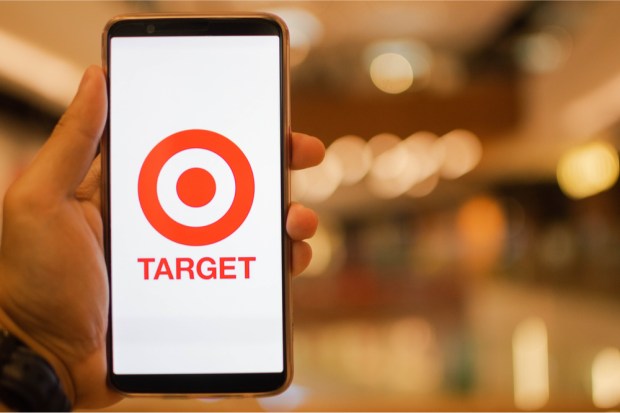Target’s Digital Sales Soar 141 Pct in Q1 As Pandemic Shifts Business Online

Target reported on Wednesday (May 20) that it had a very busy first quarter as consumers flocked to its website to stock up in preparation for the pandemic. But like Walmart, which reported strong numbers on Tuesday, Target also paid a high price for its spiking growth. Operating expenses increased sharply and sales of higher-margin items like apparel declined.
Target had warned investors last month that the firm’s increased expenses — including hazard pay for employees and new safety and sanitization investments — would eat into profits. CEO Brian Cornell told analysts during the company’s earnings call Wednesday that extra worker pay plus cleaning and sanitizing has cost Target $500 million thus far.
As a result, the company only earned $284 million (59 cents per share on an adjusted basis) during the latest quarter, which ended May 2. That’s down 64.3 percent from the $795 million ($1.53 adjusted per share) that the chain pulled in a year earlier. However, Target still crushed analysts’ average expectations for 44 cents pers share in adjusted profits.
Revenue clocked in at $19.62 billion, beating out the $19.04 billion analysts forecast and rising 11.3 percent from the $17.6 billion reported this time last year. Comparable sales also saw a big bounce, up 10.8 percent year on year — although much of that came from a 141 percent spike at existing online sales channels rather than in-store ones. Same-store sales at physical locations only grew 0.9 percent.
However, Target said it fulfilled nearly 80 percent of its first-quarter digital sales in stores. Those “buy online, pickup in store” (BOPIS) experiences surged, with same-day pickup rising 278 percent during the quarter.
Target gives customers a few options for receiving goods on the day of digital purchase. They can pick items up in stores or have things delivered by Target-owned service Shipt. The use of those services accounted for about 5 percent of the quarter’s comparable-sales growth.
Cornell said newly enhanced digital services have been critical to bringing in new customers and inspiring loyalty among existing shoppers. He said 5 million new customers shopped at Target.com during the quarter, and more than 2 million tried its drive-up service for the first time. Some 70 million people have also now signed up for the Target Circle smartphone app.
Still, the switch to digital wasn’t the only change to consumer behavior the chain observed. Target said consumers were shopping less often, but buying more per visit when they shopped, with average basket size up 12.5 percent. The company also saw big digital-sales growth every month of the quarter — 33 percent in February, to 100 percent in March and 282 percent in April.
However, changing consumption patterns took a noticeable bite out of Target’s numbers as consumers focused their spending on lower-margin categories such as food and household essentials. Still, the quarter’s strongest merchandise category was “hardlines,” which includes appliances and other durable goods.
Those sales grew more than 20 percent from this time last year, pushed by increased consumer interest in electronics. Food and beverage sales also grew more than 20 percent, while essentials and beauty saw year-on-year increases in the “high-teens,” according to Cornell.
As for what’s next, Target has like many retailers withdrawn its forecast for the year in the face of the incredible uncertainty that COVID-19 has created. “Right now, we know that consumers are living differently,” Cornell said. “They’re shopping differently. They’re adapting to the new environment. So, it’s really a time of uncertainty, and it’s why we’re making sure we’re as flexible as possible.”
But the CEO did note that the firm saw some “hopeful glimmers” toward the quarter’s end as consumers started doing some shopping for non-essential items like apparel and accessories. He said some of that stemmed from lifts of lockdowns in some states, coupled with $1,200-per-adult U.S. government stimulus funds hitting consumer bank accounts.
Going forward, Cornell said the company will “continue to be focused on safety — not just for the next few quarters, but for years and years to come. We’ve been talking for years about being America’s easiest place to shop. We’re going to need to make sure we combine being an easy place to shop with America’s safest place to shop and make sure that that commitment to safety is ongoing.”
Still, the CEO acknowledged that preparing for the emerging new consumer can make it difficult to plan for the future. For example, he said Target is leaving the fate of its annual back-to-school sales up in the air as the firm awaits word as to whether schools will even open this fall.
